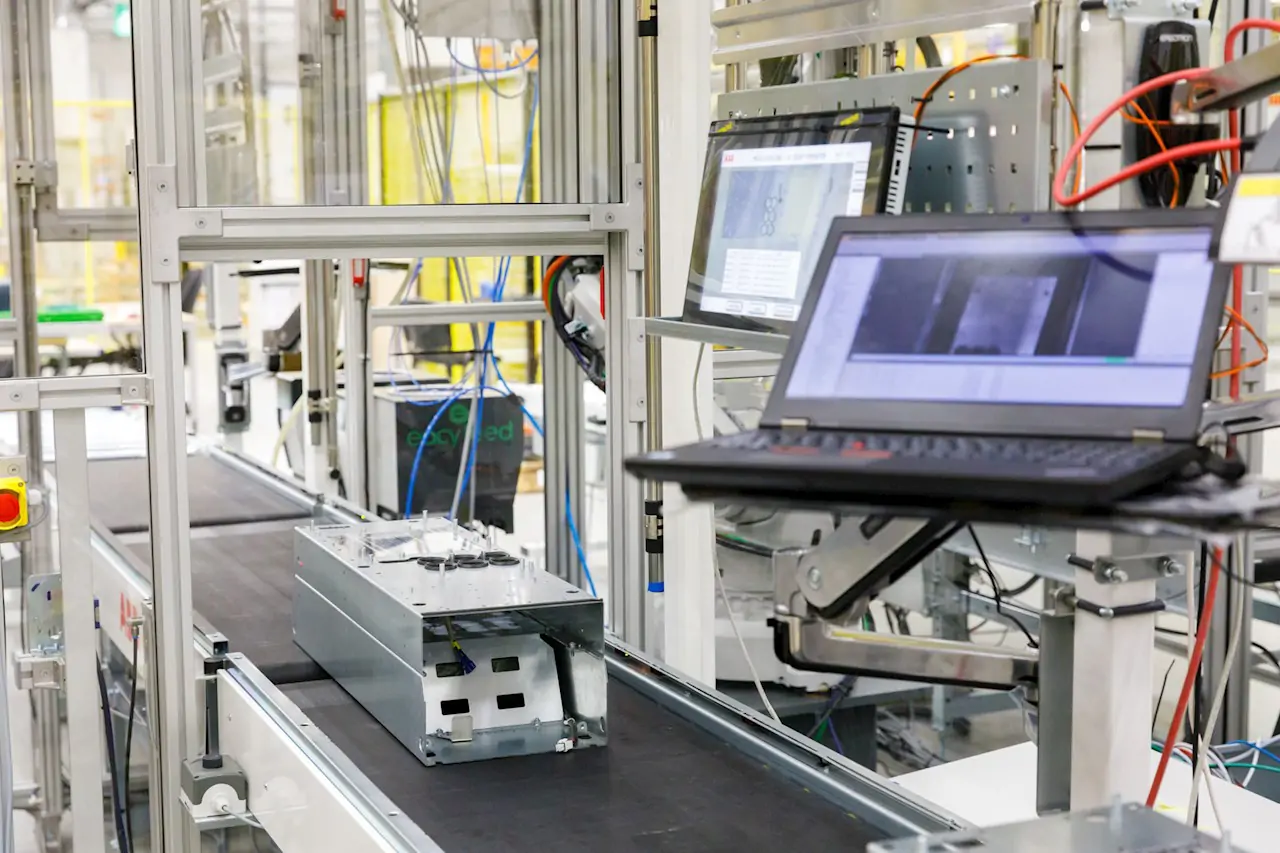Complete Guide to 1756 ControlLogix I/O Modules for Industrial Automation
ControlLogix I/O modules provide flexible connectivity for industrial control systems. These modules interface field devices with controllers efficiently. Understanding module types ensures optimal system design and performance.
Core I/O Module Features and Capabilities
ControlLogix modules mount directly into standard chassis systems. They require removable terminal blocks for field wiring connections. The modules support removal under power for maintenance. Moreover, they include electronic keying to prevent configuration errors.
Digital I/O Module Specifications
Digital modules handle discrete signals from sensors and actuators. They provide 8 to 32 points per module with various voltage options. Isolated and non-isolated versions suit different applications. Furthermore, they offer point-level diagnostics for troubleshooting.
Analog I/O Module Capabilities
Analog modules process continuous process signals accurately. They handle voltage, current, and temperature measurements precisely. The modules scale values to engineering units automatically. Additionally, they provide real-time channel sampling and alarming.
Enhanced Analog Module Advantages
Enhanced modules deliver superior accuracy and stability. They feature 24-bit resolution for precision measurements. These modules maintain performance across temperature ranges. Consequently, they eliminate field calibration requirements.
Specialty Module Applications
Specialty modules address specific industrial requirements. High-speed counters handle rapid pulse counting applications. Programmable limit switches manage position control tasks. Moreover, flow meter modules process fluid measurement data.
Communication and Security Modules
Communication modules enable network connectivity and security. They implement access control for users and devices. Security modules encrypt controller-server communications. Furthermore, they prevent unauthorized system access.
HART Protocol Integration
HART modules support smart instrument communications. They provide channel-to-channel isolation for signal integrity. Each channel includes a dedicated HART modem. Therefore, they enable faster field device configuration.
Industrial I/O Market Context
The industrial I/O module market demonstrates strong growth. According to MarketsandMarkets, it will reach $12.5 billion by 2027. Factory automation drives significant demand. Companies increasingly require flexible connectivity solutions.
Control System Integration
I/O modules integrate with ControlLogix controllers seamlessly. They communicate through rack-optimized connections. This ensures fast data exchange with processors. Moreover, they support comprehensive diagnostic capabilities.
Key Module Selection Criteria
- Signal type requirements: digital, analog, or specialty
- Channel count and density needs
- Isolation and protection requirements
- Communication protocol compatibility
- Diagnostic and maintenance features
- Environmental operating conditions
Process Industry Application
A chemical plant implements ControlLogix I/O modules throughout its facility. Analog modules monitor temperature and pressure variables. Digital modules control valve and pump operations. HART modules communicate with smart transmitters. This approach ensures reliable process control.
Expert Analysis from World of PLC
At World of PLC, we’ve configured numerous ControlLogix systems. Many engineers underestimate I/O module planning importance. Proper industrial automation design requires understanding both current and future I/O needs. We recommend documenting all field device requirements before selection. Regular system maintenance ensures optimal module performance. Training helps technicians utilize diagnostic features effectively.
Implementation Recommendations
- Document all field device types and signal requirements
- Plan for 20-30% spare capacity for future expansion
- Select appropriate isolation for noisy environments
- Configure electronic keying to prevent module mismatches
- Establish regular diagnostic monitoring procedures
- Maintain spare modules for critical applications
Frequently Asked Questions
- What’s the difference between isolated and non-isolated modules? Isolated modules provide electrical separation between channels to prevent noise interference and ground loops, while non-isolated modules share common references for cost-sensitive applications.
- How do I determine the right module density for my application? Count all field devices, add spare capacity for future expansion, and consider maintenance requirements when selecting between 8, 16, or 32-point modules.
- Can I mix different I/O module types in the same chassis? Yes, ControlLogix chassis support mixing digital, analog, and specialty modules freely, allowing flexible system configuration based on application needs.
| Model | Title | Link |
|---|---|---|
| 1756-L72S | Allen Bradley GuardLogix Safety Processor 4MB Memory | Learn More |
| 1756-L72K | Allen Bradley ControlLogix Processor 4MB Memory | Learn More |
| 1756-L76 | Allen Bradley ControlLogix Processor 64MB Memory Module | Learn More |








